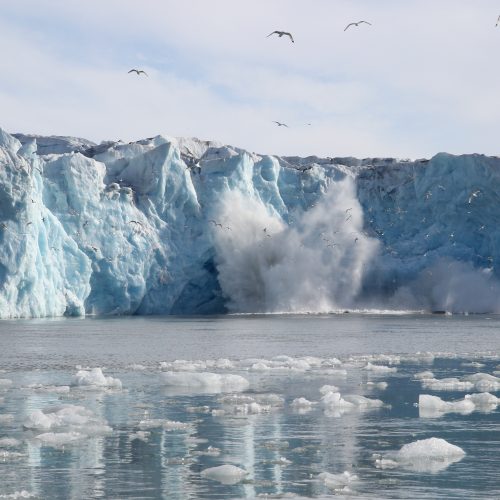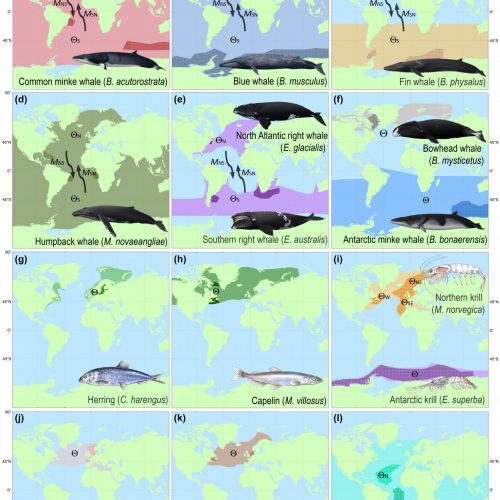Resource management is more rightly the management of the human activities affecting the resource. The rise of environmental consciousness in the 1970s defined and conditioned our right to utilise natural resources with the duty of conserving these resources for future generations.
This dualism of right and duty lies at the very core of NAMMCO, which considers that the use of marine mammals is ethically defensible only if it is sustainable and responsible – meaning if this use can continue over time, does not cause unnecessary suffering to the animals, and the processes surrounding it are transparent and accessible to the general public.
Ensuring both sustainability and responsibility requires periodic assessments of the populations/stocks of marine mammals which are hunted, and the careful management of the human activities impacting these populations, including hunting but also other pressures.
In the North, marine mammals constitute a multifaceted resource. Read more about these facets under Resource.
Ensuring the sustainability of this resource implies striving to identify and quantify all the human activities impacting the resource and balancing their effects as best as possible. All these impacts, and their cumulative effect, must be included in population modelling and forecasting. These impacts can be immediate and direct (e.g., hunting, by-catch) or indirect and longer-term (e.g., reduction in sea ice, pollution, noise). Read more about the different ways humans affect marine mammals and their environment under Sustainability.
Responsible use implies a precautionary management regime that also considers hunters’ safety and hunting efficiency, monitoring, and knowledge dissemination. Read more under Responsibility.








